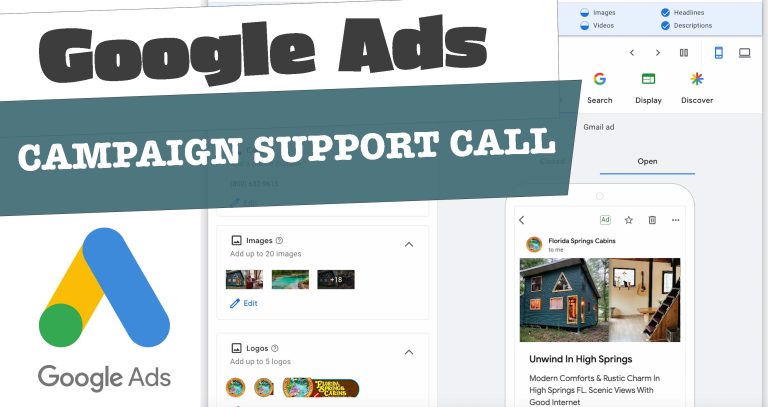A landing page is a specific web page designed to be the entry point for a website visitor, usually with a particular goal or conversion in mind. Landing pages are often used in online marketing and advertising campaigns to drive targeted traffic and encourage users to take a specific action, such as making a purchase, filling out a form, signing up for a newsletter, or downloading a resource.
Here’s a breakdown of how landing pages typically work:
Clear Objective:
Landing pages have a clear and focused objective. Whether it’s to sell a product, capture leads, promote an event, or any other specific goal, the page is designed with that objective in mind.
Targeted Traffic:
Users often arrive at a landing page through a specific source, such as a paid advertisement, social media post, email campaign, or a search engine result. The content and messaging on the landing page should align with the source to maintain consistency and relevance.
Attention-Grabbing Headline:
A compelling Landing Page headline is crucial to grab the visitor’s attention immediately. It should be clear, concise, and related to the specific offer or goal of the page.
Engaging Content:
The content on the landing page should be concise, focused, and easy to understand. Use persuasive language to communicate the value proposition or benefits of the product, service, or action you want the visitor to take.
Call-to-Action (CTA):
A prominent and clear call-to-action is a key element. This is the part where you tell the visitor what you want them to do next. Whether it’s clicking a button, filling out a form, making a purchase, or any other action, the CTA should stand out and be compelling.
Minimal Distractions:
Landing pages typically have minimal distractions. Extraneous links, navigation menus, and other elements that could lead the visitor away from the main goal are often removed to keep the focus on the desired action.
Visual Appeal:
Use visually appealing elements such as high-quality images, videos, and design elements to enhance the overall aesthetics of the page. Visual appeal can contribute to a positive user experience.
Mobile Responsiveness:
Given the prevalence of mobile users, it’s crucial that landing pages are mobile-responsive. This ensures that the page looks and functions well on various devices and screen sizes.
Tracking and Analytics:
Implementing tracking tools and analytics is important to measure the performance of the landing page. This includes tracking conversions, click-through rates, bounce rates, and other relevant metrics to assess the effectiveness of the page.
Testing and Optimization:
Continuous testing and optimization are essential for improving landing page performance. A/B testing different elements, such as headlines, images, and CTAs, can help identify what resonates best with your audience.
By carefully designing and optimizing landing pages, businesses can increase the likelihood of converting visitors into customers or achieving other specific objectives.
If you are interested in learning more about the “How Do Landing Pages Work?” contact the Final Web Design team on our Contact Form or call (888) 674-7779.





















